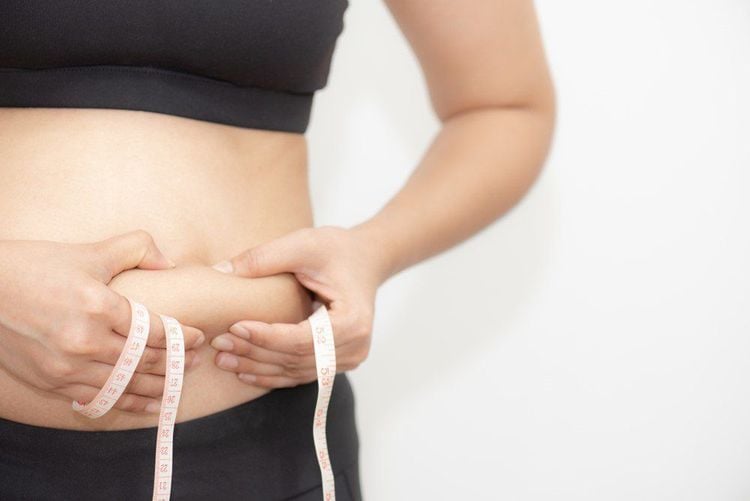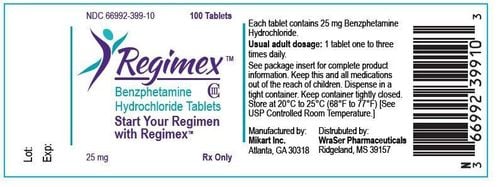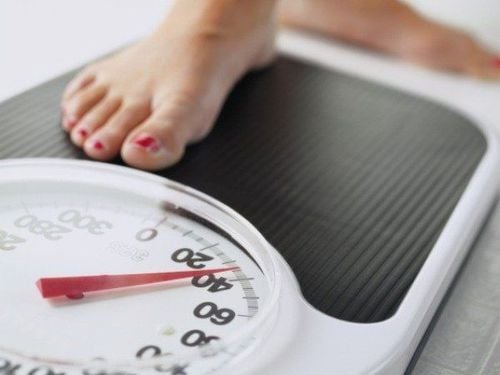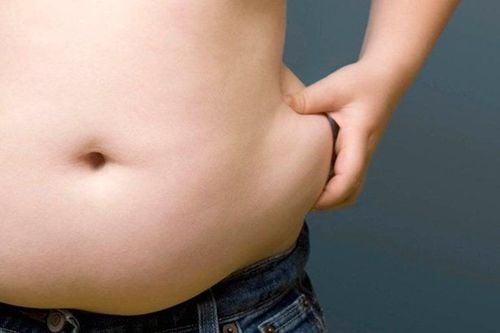This is an automatically translated article.
We all want to know how many calories a 20-minute or 30-minute bike ride, 1 hour bike ride or 1km bike ride burns, but it's hard to get an exact number. You can find quick and easy calculations for the number of calories burned while cycling, but sometimes it's as simple as that. Even GPS devices and apps, while useful, cannot guarantee an exact number. The following article will help you answer the question of how many calories a bike ride costs.1. Cycling for health and fitness
To be healthy, each of us needs to pay attention to physical activities. Regular physical activity can help protect against serious diseases such as overweight, obesity, metabolic cardiovascular disease, cancer, mental illness, type 1 and type 2 diabetes, and inflammation. rheumatoid joint.Cycling regularly is one of the best ways to reduce the risk of health problems associated with a sedentary lifestyle. Cycling is a healthy, low-impact exercise that can be enjoyed by people of all ages, from children to the elderly. It's also fun, inexpensive, and good for the environment. Cycling to work or the store is one of the most time-saving ways to combine regular exercise with one's healthy daily routine. An estimated one billion people ride bicycles every day - for commuting, recreation and sport.
1.1. Cycling for Health and Fitness It only takes two to four hours a week of cycling to achieve an overall improvement in one's health through features such as:
Less hazard: Cycling poses less of a risk and injury than most other forms of exercise. A good muscle workout - cycling uses all the major muscle groups when pedaling. Easy to do - unlike some other sports, cycling does not require high physical skills. Most people know how to ride a bike and once they do, they don't forget. Good for strength and endurance - cycling increases stamina, strength and body rhythm. Intensity is adjustable - cycling can be done at a very low intensity to begin with, if recovering from injury or illness, but can be increased to a full-body workout strict substance. A fun way to get in shape – the fun cycling has to offer makes many people more likely to keep cycling regularly than other physical activities that keep them indoors or require more time. special time or place. Save time - as a mode of transportation, cycling replaces sedentary (sitting) time driving a motor vehicle or using a tram, train or bus with healthy exercise .

Chỉ mất hai đến bốn giờ một tuần đạp xe để đạt được sự cải thiện chung cho sức khỏe của mỗi người
Strengthens the cardiovascular system Increases muscle strength and flexibility Improves joint mobility Reduces stress levels Improves posture and body coordination Helps strengthen bones Reduce body fat Prevent or manage many diseases Reduce anxiety and depression . 1.3. Cycling and specific health problems Cycling can improve both physical and mental health, and can reduce the risk of many specific health problems such as:
Obesity and weight control Heavy Cycling is a good way to control weight or lose weight, as it increases metabolic rate, builds muscle, and burns body fat. If you are trying to lose weight, cycling must be combined with a healthy eating plan. Cycling is a comfortable form of exercise and riders can vary the duration and intensity to best suit themselves.
Recent studies have shown that a person should burn at least 8,400 kilojoules (about 2,000 calories) a week through exercise activities. Meanwhile, steady cycling burns about 1,200 kilojoules (about 300 calories) per hour. If you cycle twice a day, the amount of fat burned will soon increase. A study at a British university showed that cycling for half an hour a day burns about 5kg of fat in a year.

Đạp xe là một cách tốt để kiểm soát cân nặng hoặc giảm cân, vì nó làm tăng tỷ lệ trao đổi chất, xây dựng cơ bắp và đốt cháy chất béo trong cơ thể
Cycling strengthens your heart muscle, lowers resting heart rate and lowers blood fat. Research has also shown that people who cycle to work are two to three times less exposed to pollution than those who ride a car, so their lung function improves. A Danish study done over 14 years with 30,000 people aged 20 to 93 showed that regular cycling has the potential to protect people from heart disease.
Cancer and cycling Many researchers have demonstrated a relationship between exercise and cancer, especially colon cancer and breast cancer. Research has shown that if you cycle regularly, your risk of bowel cancer is reduced. Some evidence suggests that regular cycling may also reduce the risk of breast cancer.
Diabetes and cycling The prevalence of type 2 diabetes is on the rise and is a major public health concern. Lack of physical activity is believed to be the main reason for the increased risk of both type 1 and type 2 diabetes. A large study in Finland found that people who cycled for more than 30 minutes a day had an increased risk of developing both type 1 and type 2 diabetes. Up to 40% lower risk of diabetes.
Bone Injuries, Arthritis and Cycling Cycling improves the body's strength, balance and coordination. It can also help prevent falls and fractures. Cycling is an ideal form of exercise for people with osteoarthritis, as it is a low-impact exercise that puts less stress on the joints.
Mental illness and cycling Mental health conditions such as depression, stress and anxiety can be reduced by cycling regularly. This is due to the effect of the exercise itself and because of the enjoyment that cycling can bring.

Các tình trạng sức khỏe tâm thần như trầm cảm, căng thẳng và lo lắng có thể được giảm bớt bằng cách đi xe đạp thường xuyên
2. How many calories does cycling take?
The benefits of cycling are great, but have you ever wondered how many calories you can burn while cycling? The answer is quite complicated and it depends on the type of bike you are riding, the type of resistance you encounter and the speed you achieve.2.1. How Cycling Uses Calories When a person uses their muscles, they begin to use the oxygen they breathe in to convert fats and sugars, sometimes proteins, into adenosine triphosphate or ATP. This is the basic molecule that provides energy to cells. “Everybody needs a constant stream of ATP, even just going out. But when it comes to exercise, they need a lot,” says Rachel DeBusk, a triathlon coach at Seattle's Unstill Life.
Depending on the duration and intensity of each person's exercise, their body may receive or produce ATP in different ways. “There is some ATP stored in the individual muscles,” says DeBusk. But when it's used up, the body needs to look for more." During short, intense exercise, your body uses anaerobic metabolism to convert carbohydrates into adenosine triphosphate (ATP). During longer, lower-intensity workouts, your body gets its ATP from aerobic metabolism, where most of the energy comes from carbs.
If a person is cycling at a moderate, steady pace and without much resistance, their body is mainly using its aerobic metabolism. This improves heart and lung performance and helps the body use glucose more efficiently. DeBusk warns that not using glucose effectively can increase the risk of metabolic syndrome or prediabetes. With moderate cycling, the body also improves the ability to mobilize fat stores in the muscles.
In case a person is cycling at a higher speed or at greater resistance, their body will be more dependent on their anaerobic metabolism system. This system is not one that the body can maintain for long, but cycling more will help the fibers mechanically adapt to the need for oxygen.
As a general rule, the faster the speed, the more calories the body is able to burn, as the body has to use more energy to go faster. According to a Harvard University study, cycling at a moderate pace, ie from 20-25 km an hour can help a person weighing about 70kg can burn 298 calories in 30 minutes. At a faster pace, at 30-35 kilometers per hour, a person of the same weight will burn about 372 calories in the same amount of time.
2.2. Indoor cycling Burning calories can be slightly different than between using a stationary bike indoors and cycling outdoors. However, the effect that the two bring is equivalent. "You can get a great workout whether you're in the gym or outside," says DeBusk.

Đối với một người đạp xe trong nhà với tốc độ khoảng 20 – 25 km mỗi giờ sau 30 phút có thể đốt cháy một lượng calo tùy thuộc vào cân nặng của người
According to research from Harvard University, the number of calories burned while riding a stationary bike at a "moderate" speed varies depending on a person's weight.
For an indoor cyclist at a speed of about 20 – 25 km per hour after 30 minutes can burn a number of calories depending on the person's weight as follows:
55 kg: 210 calories 70 kg: 260 calories 2.3. Outdoor cycling A person can burn slightly more calories when cycling outside. For an outdoor cyclist at a speed of about 20 - 25 km per hour after 30 minutes can burn a number of calories depending on the person's weight as follows:
55 kg: 240 calories 70 kg: 298 calories 85 kg: 355 calories Some people may choose bikes specifically for athletes or mountain bikers. This tends to cause them to burn more calories because the person may be climbing hills and navigating uneven terrain.
For a person cycling uphill at a speed of about 20 – 25 km per hour after 30 minutes can burn an amount of calories depending on the person's weight as follows:
55 kg: 255 calories 70 kg: 316 calories 85 kg: 377 calories Cycling duration and intensity are the main factors that affect how many calories a person can burn. For those just starting out or new to being active, cycling for 15 minutes a day or 30 minutes a few times a week is a great way to improve health and maintain a healthy weight. . As you get used to cycling, gradually increase the intensity. This will bring positive effects on health as well as weight.
Please dial HOTLINE for more information or register for an appointment HERE. Download MyVinmec app to make appointments faster and to manage your bookings easily.
References: cyclingweekly.com, healthline.com, betterhealth.vic.gov.au












